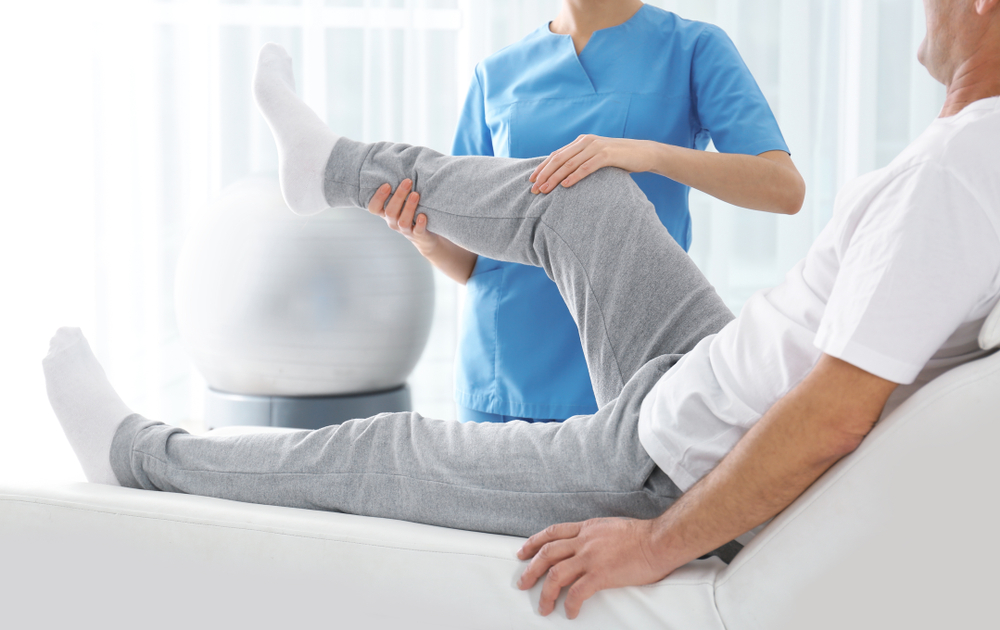Knee osteoarthritis is more than just a sore joint—it’s a progressive condition that can seriously impact your quality of life.
So what’s going on inside your knee when arthritis sets in?
The breakdown beneath the surface
It all starts with cartilage, the smooth, rubbery tissue that cushions your bones.
Over time, this protective layer wears down.
Without it, bones begin to rub together—causing pain, stiffness, and swelling that can make even simple movements feel like a struggle.
Common symptoms to watch for
If you’re experiencing any of these signs, your knees might be trying to tell you something:
- Persistent pain and swelling
- Stiffness, especially after sitting or resting
- Reduced range of motion, making it harder to bend or straighten your leg
- A feeling that your knee might ‘give way’ or buckle
Knee osteoarthritis is incredibly common in Australia.
In 2022, around 2.1 million Australians—roughly 8.3% of the population—were living with osteoarthritis, and the knee is the most frequently affected joint.
Who’s most at risk?
Certain groups are more likely to develop knee arthritis:
- Women
- People over 55
- Those with a history of knee injuries
How physiotherapy can help
Here’s the good news: physiotherapy can make a big difference.
It’s not just about easing pain—it’s about restoring function.
Physios work to:
- Reduce pain levels
- Improve range of motion
- Strengthen the muscles around the knee
- Minimise dysfunction and help you move with confidence
Whether you’re newly diagnosed or managing long-term symptoms, physiotherapy offers a proactive path to better mobility and less discomfort.
Get in touch with our team to learn more about the best options to address your health concerns.


